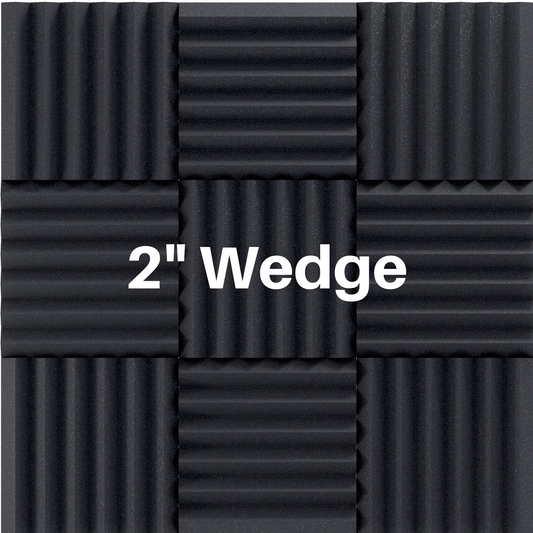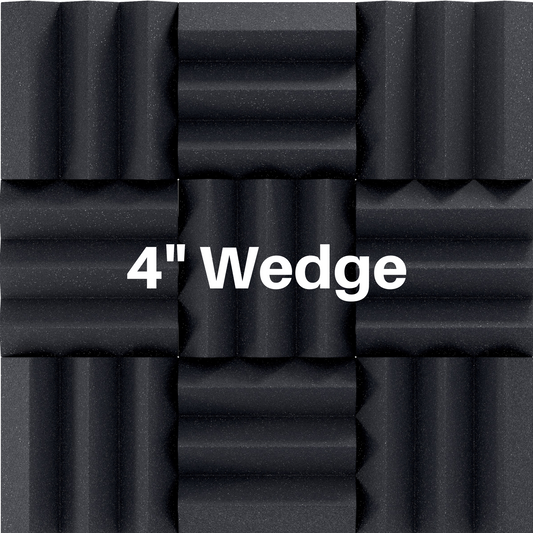What Is Transmission Loss Of Sound ?
Share
Transmission loss of sound is a measurement of the reduction in sound level of a sound source as it passes through an acoustic barrier. It is the number of decibels that are stopped by the acoustical barrier or the wall and is measured at different frequencies.
Heavier walls and acoustic barriers have a higher transmission loss than lighter materials. For example, a wall constructed of twelve inch thick dense concrete will have a much higher transmission loss than a four inch thick hollow brick wall.
This concept is important when deciding on the location for a recording studio or broadcast booth. If you do not have the luck of being in a quiet neighborhood our in a rural area then you will likely need to build some acoustic barriers in order to eliminate or tame outside sound interferences.
Not only will you need to keep transmission loss in mind to treat pesky street noise or loud neighbors but you will need to consider it when designing a control room in your studio as well. You will need dense acoustic barriers to protect your control room from audio interferences coming from the recording room(s) or other areas of the studio.
Acoustic barriers can be created for walls, floors, ceilings, windows and doors depending on your needs. Please contact us about your project and we will be glad to help give you some specific advice!
Read more about how to stop sound from going through walls, floors, and ceilings HERE.

Read More:
DIY Vocal Booth For Home Studio




